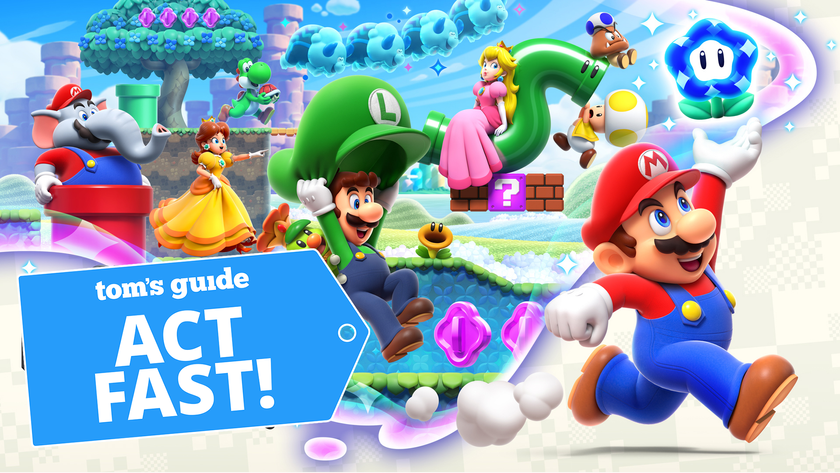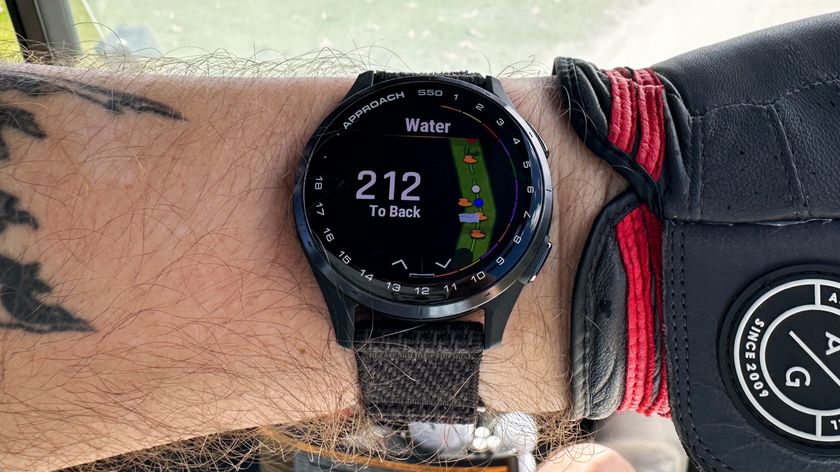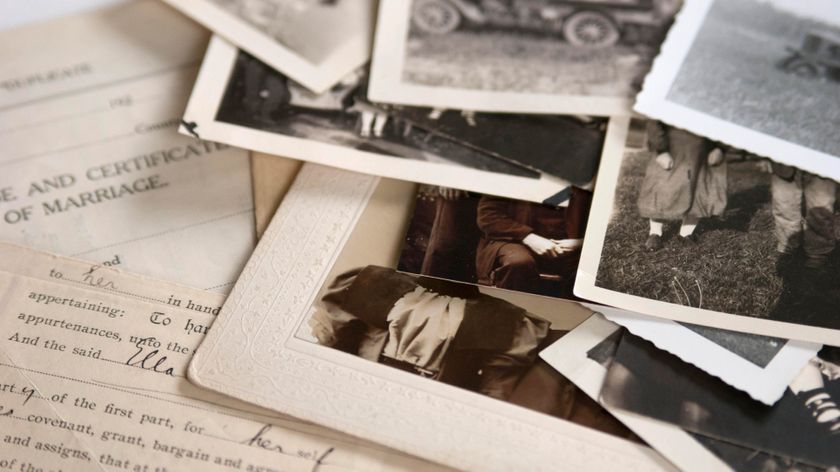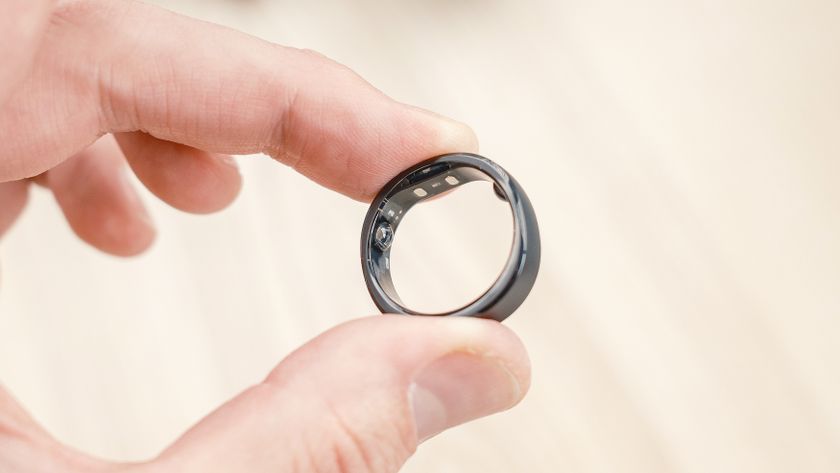Assassin’s Creed Valhalla has one cool new feature — and one big mystery
Assassin's Creed Valhalla will let you build your own Viking settlement

Assassin’s Creed Valhalla is less than a month away, and based on what we’ve seen so far, it seems like it has a lot in common with Assassin’s Creed Origins and Assassin’s Creed Odyssey. Not only will the game offer an enormous map, stuffed to the gills with quests to uncover and items to procure, but it will also put brutal combat front and center — appropriate, considering its “Vikings-in-medieval-England” setting.
While I’ve gone hands-on with Assassin’s Creed Valhalla before, I recently had an opportunity to take my deepest dive yet: six uninterrupted hours in the Ledecestrescire region of Mercia. This represents a relatively early part of the game, and as such, I was able to see some of the basics in action: combat, stealth, story missions, side quests and character-building.
- Assassin's Creed games, ranked best to worst
- Play the best PS4 games
For the most part, the game’s structure and mechanics were very similar to the last time I played. This time, there was more of a focus on advancing the story and less on trying out different weapons in combat, but the basics are the same: Take on quests, explore the world, fight your foes with a combination of open combat and stealth, then customize your character’s abilities and equipment.
However, this time around, I got to try out a new feature: building a Viking settlement the English Midlands. I also got a much deeper dive into the game’s story, which seems to have plenty of political intrigue, as well as a few tantalizing-but-unclear connections to the larger Assassin’s Creed mythos.
Building a Settlement
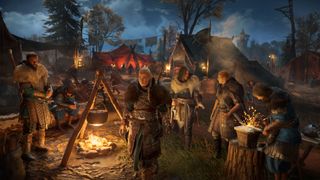
One of the biggest differences between Assassin’s Creed Valhalla and Origins/Odyssey is that this time around, you’ll be able to build up your own Settlement. It’s called Ravensthorpe, and it’s smack-dab in the middle of England. A big part of Valhalla’s story involves protagonist Eivor’s clan of Danes trying to make a new home for themselves in England. Ravensthorpe starts out as a modest township, but over time, you can build it up to be a robust colony.
The demo limited the area I could explore, and as such, I wasn’t able to collect enough resources to upgrade Ravensthorpe very far. But I did get a good handle on how the process will work in the final game. In the demo, Ravensthorpe started out with just a few simple merchants: a blacksmith, a dockmaster and so forth. But there were three other buildings just waiting for an infusion of cash and resources to get them off the ground: a fishery, a bakery and a brewery.
Asssassin’s Creed has dabbled with city-building before, as you could renovate Uncle Mario’s villa way back in Assassin’s Creed II. However, that was a fairly simple procedure: Pump a large amount of money in up-front, and you’ll make back your investment with a trickle of money over time. The process is much more involved in Valhalla, as you’ll need to gather specialized resources to improve your town.
I set my sights on upgrading the fishery, but found myself short of Supplies and Raw Materials. (The resources are actually just called Supplies and Raw Materials — unimaginative, but it gets the point across.) The quest menu helpfully informed me that I could get the resources I needed by raiding. As luck would have it, there were two raid targets within longboat distance: a small village and a monastery.
Raids are Valhalla’s version of Odyssey’s Conquest Battles, except they make a lot more sense and feel much more dynamic. Instead of endlessly fighting huge melees, you and a cohort of AI-controlled allies launch a full-scale invasion of an English locale, stopping along the way to bust down doors and loot treasure. By the end, you’ll have acquired more than enough resources to renovate a building back home.
On the one hand, the raids are not terribly dissimilar from the story missions: gory, strategic combat, followed by figuring out a way to reach your final objective. But there’s a great sense of style to them, and I love that the game managed to combine a quintessential Viking practice with a side activity that moves one of the main quests forward. Assassin’s Creed is always at its best when history, narrative and open-ended gameplay meet.
With the resources you collect, you can renovate buildings back in town. As you do so, you’ll unlock new quests and enhancements, but they were outside the scope of the demo. I did, however, see the town changing and growing, especially when I got the chance to customize some of the empty spaces with statues and plants.
The Assassin’s Creed connection
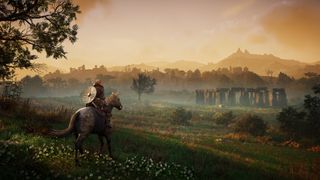
One thing I admired during my first Valhalla demo was that the story is going way back to the series’ roots. The first few Assassin’s Creed games put religious conflict front and center, while recent entries have shied away from such charged topics. The conflict between paganism and Christianity, though, seems to be front and center in Assassin’s Creed Valhalla, and so far, it seems like a nuanced look at the topic.
Without retelling the whole story, the main questline in Ledecestrescire involved Eivor getting involved in a political struggle to crown a new king of Mercia — one who would welcome the Danes rather than repel them. This would-be king is Ceolwulf (a real historical king), who would prefer to see pagans and Christians live peacefully together than fight each other to the death.
Resolving the main plot thread took a good three or four hours, during which time I sailed in a longboat, rode a horse across the countryside, infiltrated a church, sneaked past some bloodthirsty Saxons, interrogated a queen, sieged a castle and crossed swords with a too-loyal general. It was mostly fun (save for an unfortunate stretch of combat when I accidentally equipped my shield in my primary-weapon hand), and I found myself getting invested in the characters, from Eivor’s loving brother Siguard, to Ceolwulf’s erudite, eager son, Ceolbert.
But it wasn’t until I returned to Ravensthorpe and noticed a sign with the Assassin logo on it that I remembered: Where’s all the Assassin’s Creed business in this Assassin’s Creed game? Between the two demos, I’ve now played through about 10 hours of the game, and I’ve yet to hear the Assassins (or Hidden Ones) even mentioned in passing. I know that there will be Hidden One quests available, but what is Eivor’s connection to the Assassins, and will it matter much?
While Assassin’s Creed Origins and Odyssey were both good games, Origins saved most of the Assassin-heavy content for one of its expansions; Odyssey didn’t have much to speak of at all. And while historical tourism is arguably the most important thing in an Assassin’s Creed game, I still wouldn’t mind seeing this 13-year-old story advance in a significant way.
Granted, if Valhalla is anything like Odyssey, even 10 hours is only a drop in the bucket of what the game has to offer. I’m curious about what Eivor’s Assassin connection will be. But on the other hand, if I’ve gone through two major questlines without encountering it, I worry that it might be ancillary to the overall story.
In any case, Assassin’s Creed Valhalla will be out for PS4, Xbox One, Xbox Series X, PC and Stadia on November 10, and a few days later on the PS5. I’m excited to build up Ravensthorpe, and to see how Eivor fits into this long-running saga.
Sign up to get the BEST of Tom's Guide direct to your inbox.
Get instant access to breaking news, the hottest reviews, great deals and helpful tips.
Marshall Honorof is a senior editor for Tom's Guide, overseeing the site's coverage of gaming hardware and software. He comes from a science writing background, having studied paleomammalogy, biological anthropology, and the history of science and technology. After hours, you can find him practicing taekwondo or doing deep dives on classic sci-fi.



